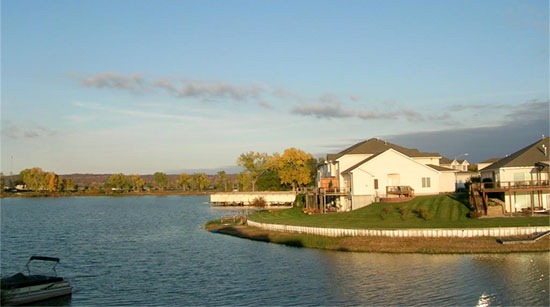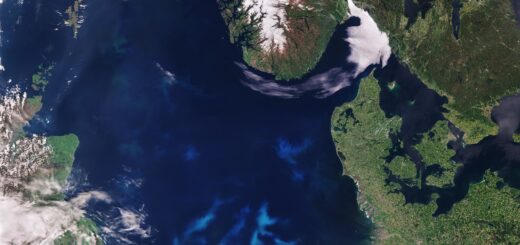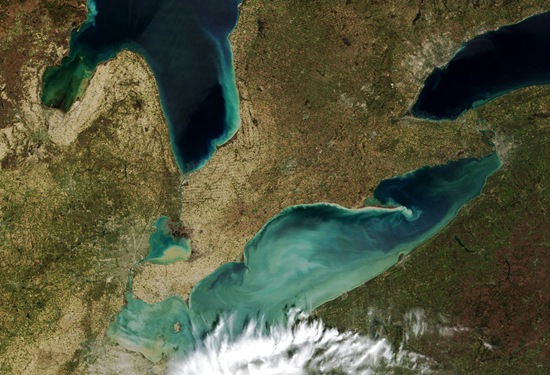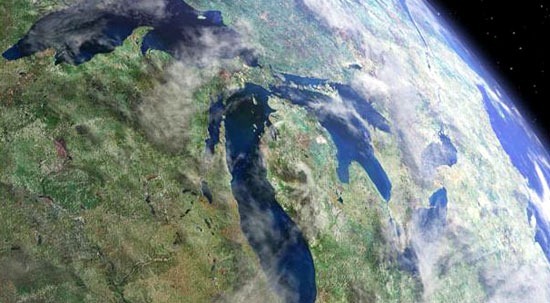Iowa DNR improves lake quality through massive fish kill
0
Carter Lake
All the fish in southern Iowa’s Carter Lake have likely demised by now, exactly as planned.
The lake had been filled with unwanted common carp, buffalo, and gizzard shad. These species created negative consequences for water quality, according to Mark Porath, a spokesman for the Nebraska Game and Parks Commission.
Their bottom-feeding activity stirs up sediments, including lake-bottom phosphorus, thus exacerbating algal blooms. The species are also commonly considered “rough fish” by anglers because they compete with more popular game fish for food and eat their eggs.
Carter Lake was added to the Environmental Protection Agency’s impaired waters list because of the conditions created by these fish and toxic algal blooms caused by the worsened water quality.
Officials at the Iowa Department of Natural Resources decided to exterminate the lake’s fish population and start anew by stocking the water with bass, bluegill, and catfish that would be preferred by anglers. The mass fish kill is part of a broader effort to enhance the lake’s water quality.
The lake was inundated yesterday with the fish toxin rotenone, a natural chemical from tree roots that enters the bloodstream of fish through the gills and essentially suffocates them. The poison does not harm other wildlife. It was estimated that 150,000 pounds of fish would be eliminated. The lake will then be re-stocked this fall, next summer, and the summer of 2012.
What do you think of the Iowa DNR’s solution for the water quality-impairing fish? Share your thoughts in the comments below.
Work is underway to clean out and restock the fish in Carter Lake [Radio Iowa] Fish Kill Begins At Carter Lake [KETV 7 Omaha] Carter Lake Fish Kill Underway [WOWT]
Image Credit:http://lakesidemobilehomesiowa.com/community-tour/area-attractions/












